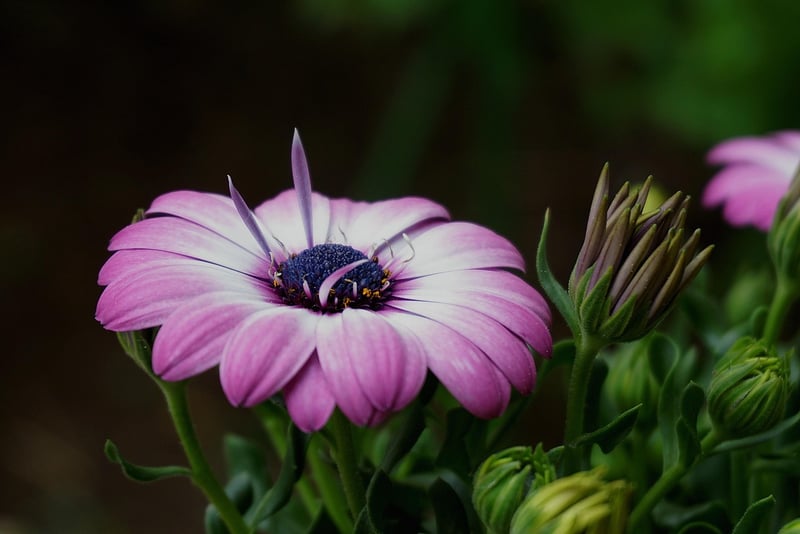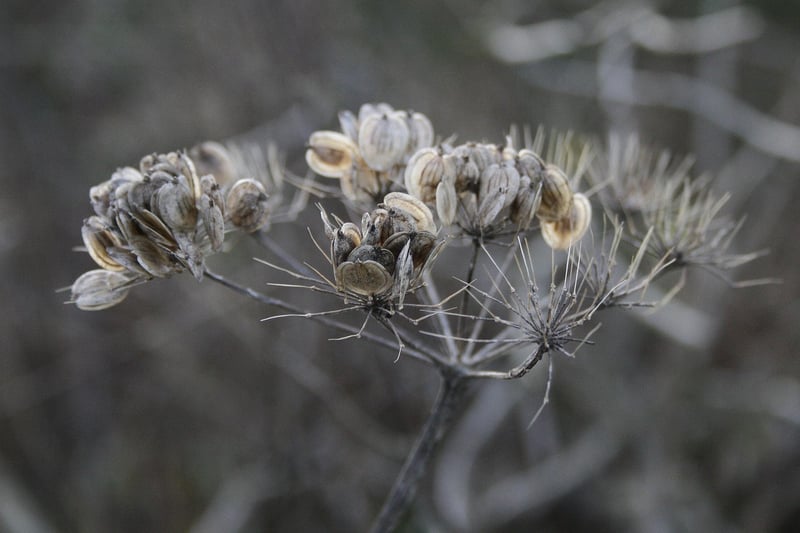Seed Banks
Preserving Biodiversity with Seed Banks
Preserving biodiversity is crucial to maintaining a healthy ecosystem and ensuring the survival of various plant species. One essential tool in this effort is seed banks, which serve as repositories for seeds of diverse plant species. These banks play a vital role in safeguarding genetic diversity and preserving species that are at risk of extinction.
What is a Seed Bank?
A seed bank is a facility that stores seeds of different plant species under controlled conditions to ensure their viability and longevity. By collecting and preserving seeds, seed banks help protect plant species from threats such as habitat destruction, climate change, and disease outbreaks.
Importance of Seed Banks
Seed banks are essential for various reasons:
- Conservation: Seed banks help conserve plant species that are endangered or at risk of extinction.
- Biodiversity: They contribute to maintaining genetic diversity, which is crucial for the resilience of ecosystems.
- Research: Seed banks support research efforts in plant genetics, breeding, and conservation.
- Crop Improvement: They provide a valuable resource for developing new crop varieties with desirable traits.
How Seed Banks Work
Seed banks collect, process, and store seeds using specialized techniques to ensure their long-term preservation. Seeds are carefully dried, sorted, and stored in cold storage facilities to maintain their viability for extended periods.
Examples of Seed Banks
Several renowned seed banks exist worldwide, including:
Conclusion
Seed banks play a crucial role in preserving biodiversity and safeguarding the future of plant species. By collecting and storing seeds, these facilities contribute to conservation efforts, research, and sustainable agriculture. Supporting seed banks is vital in our collective efforts to protect the diversity of life on Earth.

